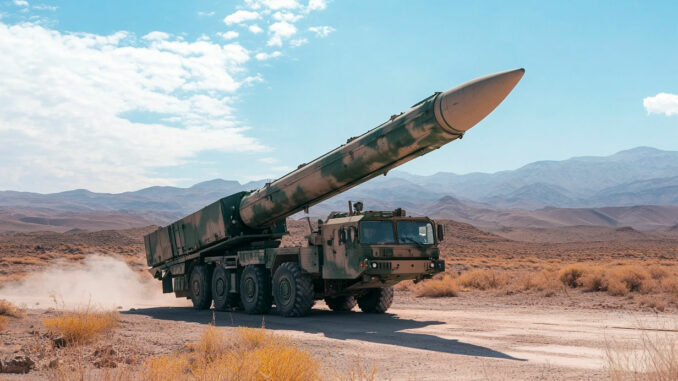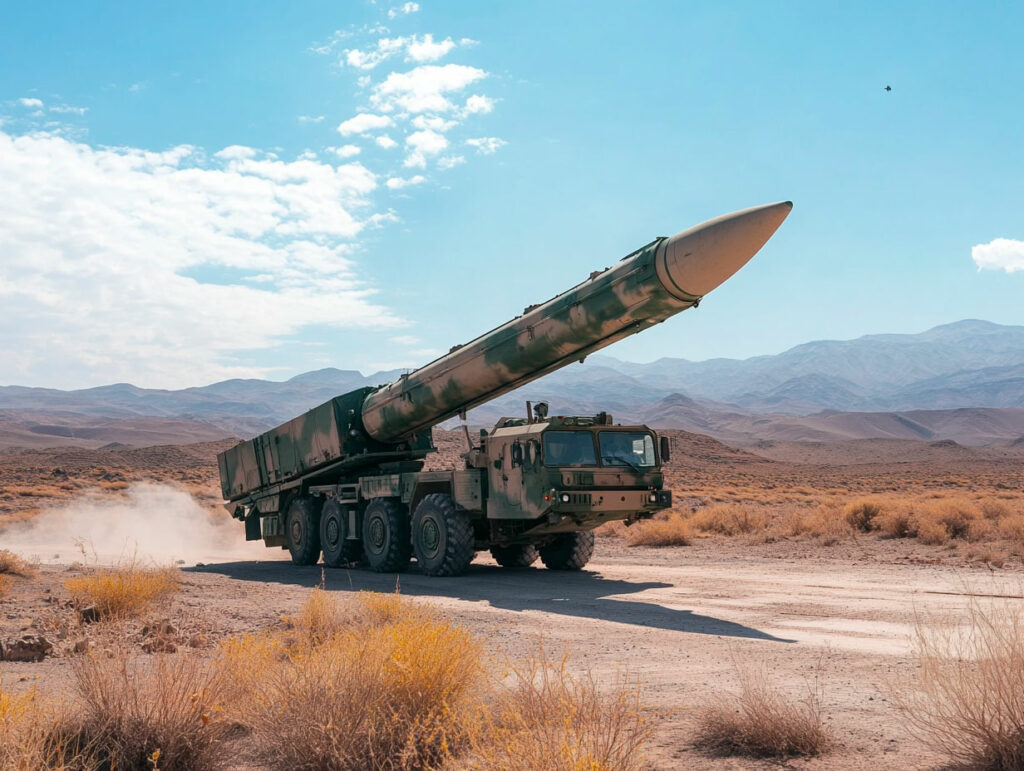
Analysis of Iran’s air defense exercises, their technical and strategic implications, and the tensions surrounding the nuclear program.
Iran stepped up its air defense exercises in January 2025, focusing on the protection of strategic nuclear sites such as Arak and Fordow. These maneuvers, conducted by the conventional army (Artesh) and the IRGC, include a wide range of defense systems, from sophisticated radars to short- and long-range missiles. Despite these efforts, Iranian capabilities remain limited in the face of advanced US and Israeli technologies, exacerbating tensions in an already unstable geopolitical context.
Air defense exercises: a response to perceived threats
Since January 2025, Iran has stepped up its air defense exercises, deploying missile and radar systems. These activities particularly concern sensitive nuclear sites such as Fordow and Arak. The exercises are being carried out against a backdrop of growing fears of Israeli or American attacks. Iranian leaders seem to anticipate an imminent escalation, although this does not necessarily reflect an increased likelihood of attack.
Example in figures: In 2024, Iran invested around €2.5 billion in its military infrastructure, including these exercises. However, this sum remains lower than the military budgets of its adversaries. Israel, for example, spent around €24 billion on defense in the same year.

Analysis of deployed defense systems
Iranian missiles: capabilities and limitations
- Rad missile: 4 km range, designed for ground targets.
- Majid missile: 15 km range, targeting low-altitude aircraft.
- Talash missile: 200 km range, suitable for high-altitude targets.
- Khordad-15: 85 km detection, 45 km engagement range.
These systems show a wide range of technical capability, but remain inferior to advanced systems such as Israel’s F-35 Lightning II, equipped to bypass radar defenses.
Radar and artillery: innovations and challenges
- Shahid Jalilvand radar: Able to detect unobtrusive targets.
- Seraj radar-controlled system: using 35 mm artillery, with a range limited to 4 km.
Despite these efforts, Iran cannot match the technological superiority of Israeli systems such as the Iron Dome, which has a 90% interception rate.
Geopolitical and strategic consequences
These exercises aim to deter external threats, while reinforcing internal control. However, international tensions are on the rise. Economic sanctions continue to limit Iran’s access to advanced technologies. This situation could encourage an arms race in the region, further threatening the stability of the Middle East.
Key data: Since 2015, Israeli military exports have increased by 15%, while Iran’s have stagnated due to international restrictions.
Towards a scenario of escalation or deterrence?
Iran’s maneuvers demonstrate its increased preparedness, but also reveal its limits in the face of a better-equipped Israeli-American coalition. Direct conflict remains unlikely for the time being, but tensions could escalate if military or diplomatic provocations continue.
Although Iran’s defense capabilities are diversified, they are not sufficient to counterbalance those of its adversaries. The situation calls for continuous observation to anticipate strategic developments.
War Wings Daily is an independant magazine.